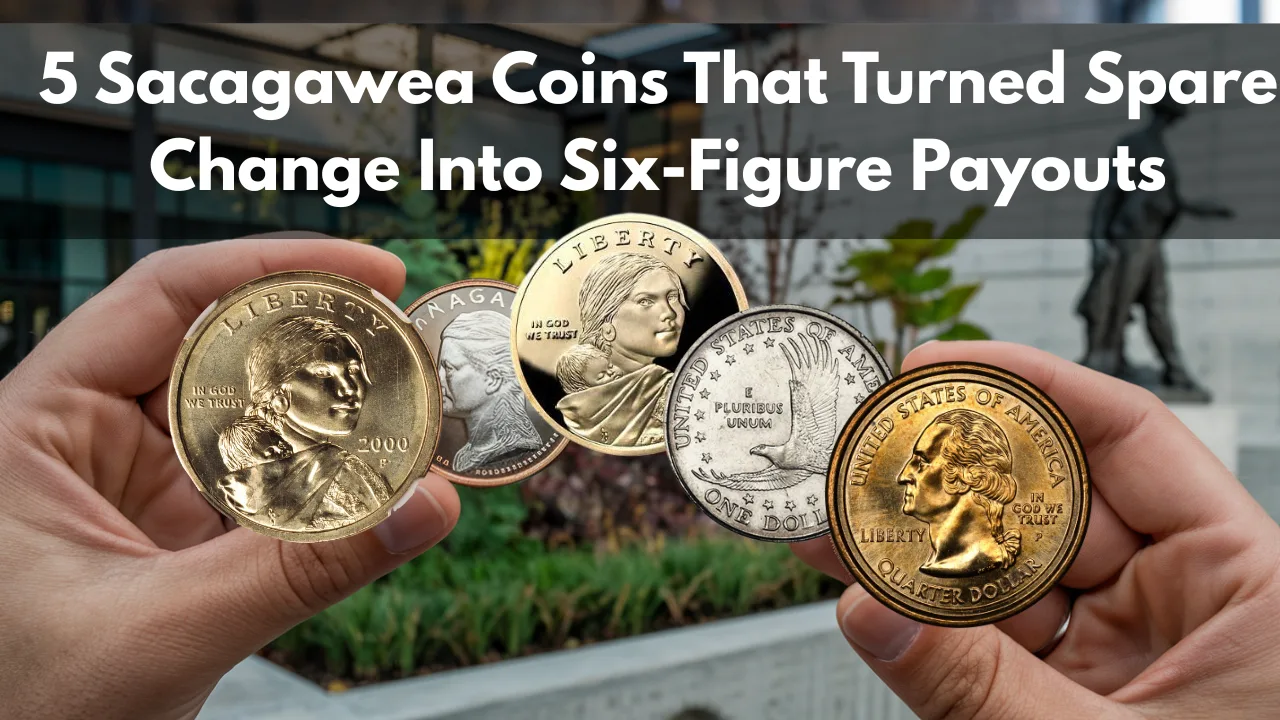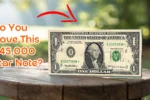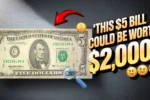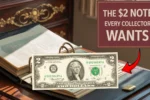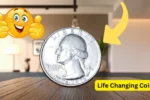5 Sacagawea Coins That Turned Spare Change Into Six-Figure Payouts: Sacagawea dollars, introduced in 2000, were meant to be a modern tribute to the Shoshone woman who guided the Lewis and Clark expedition. These golden-colored coins were part of the U.S. Mint’s effort to replace the Susan B. Anthony dollar. While most Sacagawea coins are woarth face value, a few rare ones have turned ordinary pocket change into six-figure jackpots for lucky collectors. Let’s take a look at five Sacagawea coins that made headlines and turned pennies into treasures.
1. 2000-P Cheerios Dollar – Worth up to $150,000
In 2000, General Mills included 5,500 Sacagawea dollars in select boxes of Cheerios as a promotional campaign. What collectors later discovered was that these “Cheerios Dollars” were not your average coin.
They featured a high-detail eagle tail feather design on the reverse side, different from the regular circulation coins. Because only a small number were made, their rarity drove up the value.
-
Value: Up to $150,000 in pristine condition
-
What to Look For: Bold eagle tail feathers and “Cheerios” origin
2. 2000-P Sacagawea Dollar / Washington Quarter Mule – $100,000+
In one of the most stunning minting errors in U.S. history, the Mint accidentally struck a coin using the obverse (front) of a Washington quarter and the reverse of a Sacagawea dollar. This mule error occurred on a golden dollar blank and only a few dozen have been found.
-
Value: Over $100,000 depending on condition
-
What to Look For: Quarter front + Sacagawea back on a gold-colored coin
3. 2000-P Wounded Eagle Sacagawea Dollar – $5,000 to $30,000
Another error coin, the Wounded Eagle, gets its name from a die gouge that appears to pierce the eagle on the reverse. This mint error results in a line across the eagle’s body, creating a unique and highly collectible appearance.
-
Value: $5,000–$30,000
-
What to Look For: Raised line cutting through the eagle’s body
4. 2000-D Sacagawea Dollar (Missing Edge Lettering) – Up to $10,000
This Denver-minted coin was struck without the required edge lettering. Although this type of error is more commonly found on later Presidential dollars, a few Sacagawea coins have surfaced with this rare defect.
-
Value: Up to $10,000
-
What to Look For: Smooth edge with no inscriptions
5. 2000-P Prototype Reverse Sacagawea Dollar – Up to $75,000
Only a couple of prototype coins with a different reverse design and enhanced details were ever discovered. These were believed to be early test strikes by the Mint, never intended for circulation.
-
Value: $50,000–$75,000
-
What to Look For: Sharper eagle features and different texture finish
Table: Summary of High-Value Sacagawea Coins
| Coin Type | Mint Mark | Estimated Value | Unique Feature |
|---|---|---|---|
| 2000-P Cheerios Dollar | P | Up to $150,000 | Detailed eagle tail; Cheerios promo |
| 2000-P Quarter Mule Error | P | $100,000+ | Quarter front + Sacagawea back |
| 2000-P Wounded Eagle | P | $5,000–$30,000 | Die gouge through eagle’s body |
| 2000-D Missing Edge Lettering | D | Up to $10,000 | No lettering on the coin’s edge |
| 2000-P Prototype Reverse | P | $50,000–$75,000 | Test design; enhanced eagle detail |
Final Thought
For most people, Sacagawea dollars are just shiny curiosities tucked away in jars. But for a few lucky collectors, these coins have turned into massive windfalls. Whether it’s a unique mint error, a promotional issue like the Cheerios dollar, or an early prototype, these coins prove that it’s always worth checking your change. You never know—you might be sitting on a small fortune without even realizing it.
FAQs
Q1: Are Sacagawea dollars still in circulation?
Yes, Sacagawea dollars are still legal tender and can be found in circulation, although they are more common in collector rolls or sets than in everyday use.
Q2: How can I tell if I have a valuable Sacagawea coin?
Look for unusual features like high-detail tail feathers (Cheerios Dollar), missing edge lettering, or misstruck designs. If you suspect something unique, have the coin evaluated by a professional numismatist.
Q3: What does the “P” or “D” on the coin mean?
“P” stands for the Philadelphia Mint, and “D” stands for the Denver Mint. These mint marks help identify where the coin was made.
Q4: Can I sell these coins online?
Yes, rare coins can be sold through online auction platforms like eBay, Heritage Auctions, or directly to coin dealers. Having the coin graded by a third party like PCGS or NGC helps boost credibility and value.
Q5: How many Cheerios Dollars were made?
Only 5,500 Cheerios Dollars were distributed in the cereal promotion, and not all have the rare tail feather detail—making the high-detail ones especially rare.
If you think you’ve got a Sacagawea coin with one of these rare features, it might be time to dig through your old change jar or wallet. You could be holding more than just a dollar—you might have a piece of modern American treasure.
